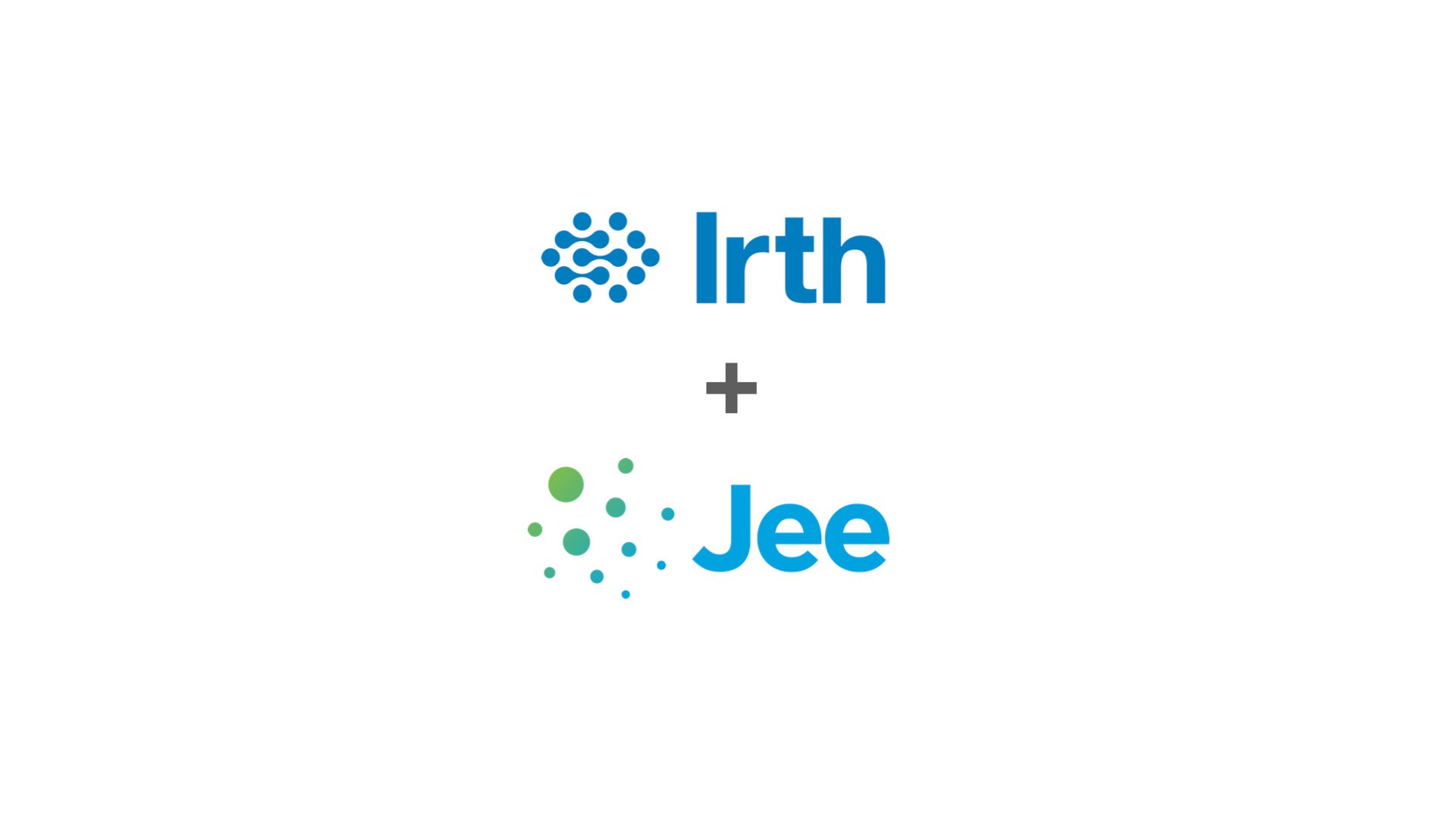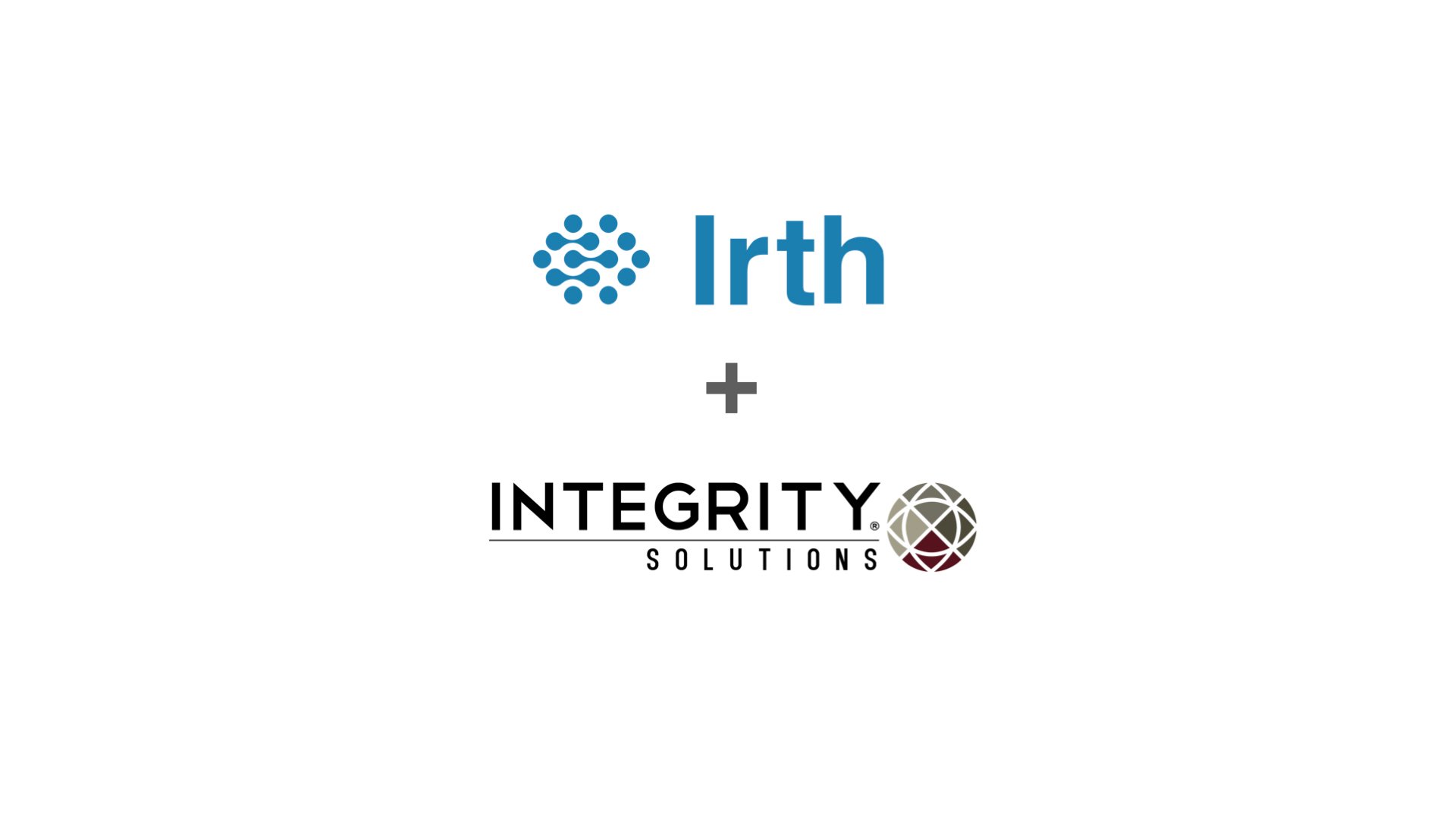The Future is Here: How AI, ML & DS are Transforming Pipeline Integrity
Across the pipeline industry, artificial intelligence (AI), machine learning (ML), and data science (DS) are evolving from buzzwords to tangible...

Risk models are only as good as the data behind them, and too often, pipeline risk assessments rely on generic scoring systems disconnected from actual integrity data. In our recent webinar, “Introducing the Risk Management Module - Quantifying Threats Using Integrity Data,” we presented a new approach: one that uses validated models and real-world pipeline conditions to calculate Probability of Failure (PoF) directly within the Asset Integrity for Pipelines (AIP, formerly CIM) platform. This PoF is then utilized in the anomaly analysis (aka Integrity Compliance) process to drive integrity decisions. Designed for integrity engineers, this module brings quantitative rigor to risk analysis and integrates risk assessments with integrity management.
At Irth, we’ve long helped operators manage a wide range of integrity data through our Asset Integrity platform. So, with clients continually asking, “How can you use the integrity data that's already in the platform to calculate risk?", we saw an opportunity to develop a risk tool that converts integrity data into actionable intelligence regarding the risk in their pipelines. And then applying that understanding of risk to inform integrity decisions.
The result is a purpose-built Risk Management Module that calculates Probability of Failure (PoF) using proven methodologies, validated data models, and your real-world integrity data. (Consequence of Failure coming in Phase 3!)

One of the most powerful aspects of the Risk Management Module is its ability to leverage integrity data that’s already aligned, validated, and centralized within the AIP platform, eliminating the traditional burden of gathering and cleaning datasets across teams and tools.
Unlike conventional risk workflows that rely on disjointed Excel models and one-off data pulls, AIP’s integrated platform means that every data input is present and accessible to the risk engine. That reduces error, improves reproducibility, and accelerates time-to-analysis.
The module enables users to select the data source for each attribute. Data sources are clearly identified within the module, as well as when any default values are applied. This supports audit readiness and internal review, when the numbers driving the PoF need to be quickly and easily identified. The global data sources are as follows:
One of the highlights of the webinar was a walkthrough of how PoF is calculated within AIP using C-FER Technologies’ industry-recognized models. These models incorporate (and are validated by) failure rates from the PHMSA incident database and are structured around the nine ASME B31.8S threats. Two types of models are supported
Each threat model calculates the probability of failure (PoF) independently, further broken down by failure type (rupture, large leak, or small leak). Aggregated results are generated at the segment level using a rolling mile approach, allowing engineers to visualize, filter, and benchmark performance across the system.
Making PoF Actionable Through Reliability ThresholdsPoF becomes actionable when it’s not just a number, but a benchmarked, threshold-aware insight. In the Risk Management Module, this is achieved by comparing PoF values against defined reliability thresholds, such as the PHMSA “Top Quartile” threshold for pipeline reliability. (Where the top quartile is Q1, or the lowest probability of failure quartile.)
This allows operators to:

Let’s say you calculate a PoF of 2.5 x 10⁻⁴ per mile-year for a segment with external corrosion. That number, on its own, may lack context. But when compared to a reliability threshold of 1 × 10⁻⁴, it immediately tells you:
The Risk Management Module includes:
Threshold-based PoF is what turns a theoretical probability into a practical decision-making tool. It ensures that risk management isn’t just about running models but also providing intelligence that drives targeted action to decrease risk.
What makes AIP's Risk Management Module especially powerful isn’t just that it calculates Probability of Failure (PoF), but also that the output can be utilized within the existing Integrity Compliance tools and processes built into the platform.
Once PoF is calculated across pipeline segments, that information doesn’t just live in a report; it becomes part of the system's logic for anomaly review, repair prioritization, and compliance justification. This is particularly important for operators working under frameworks like 49 CFR 192 Subpart O, 49 CFR 195.452, or CSA Z662-19, where defensible, risk-based integrity assessments are required.
PoF scores feed directly into anomaly lists, allowing engineers to filter and prioritize based not only on severity or depth, but also on threat-specific risk. For example, an external corrosion anomaly may be flagged as a higher priority due to elevated PoF, even if it doesn’t exceed standard depth thresholds.
When using the anomaly analysis and dig management workflows, PoF values can help determine which anomalies are grouped into digs and ensure nearby anomalies with a higher PoF are not missed. This helps operators reduce unnecessary digs and focus resources where they matter most.
Because all PoF analyses are timestamped, linked to input data, and tied to configurable rule sets, the software automatically captures a whole chain of custody. When auditors ask, “Why did you dig here?” or “How did you determine this threat was low risk?”—the answer is built into the system.
Operators can also simulate PoF under future conditions (e.g., 3 or 5 years ahead) to inform reassessment intervals and long-term capital planning. This risk forecast can be used to justify interval extensions or proactive mitigation.

Integrating PoF within the compliance engine closes the loop between analysis and execution, ensuring seamless integration. Risk is no longer a separate report; it’s a filter, a trigger, a justification, and a planning tool embedded into the very fabric of your integrity workflows.
With the Risk Module, engineers can not only calculate risk but also act on it.
The current release focuses on actionable PoF. But that’s just the beginning. Upcoming enhancements include:
We’re now accepting participants for the Early Adopter Program for the Risk Management Module. If you’re ready to put your integrity data to work in risk-based decision-making, we’d love to hear from you. Email sales@irthsolutions.com to request access before July 31.

Across the pipeline industry, artificial intelligence (AI), machine learning (ML), and data science (DS) are evolving from buzzwords to tangible...

COLUMBUS, OH and LONDON, UK — November 13, 2025 — Irth Solutions, Inc. a leader in cloud-native software for asset integrity and risk management, and...

COLUMBUS, OH — November 13, 2025 — Irth Solutions, a leader in cloud-native SaaS for asset integrity and risk management, and Integrity Solutions, a...